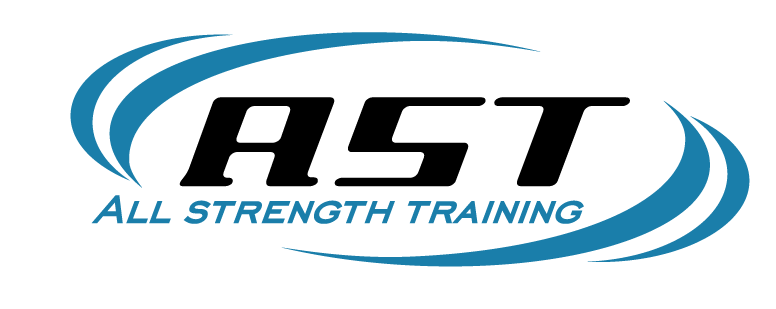Quick Tip: Build Your Back for a Bigger Bench

The bench press is often thought of as a chest-specific exercise, but when done properly with near-maximal loads, it can become a full-body movement. And as is often the case, the chest is not the limiting muscle group in how much weight you can move. In fact, many times a bench press plateau can be caused by a lack of upper back and lat strength.
The reason this is the case is that the body has several automatic reflexes that it will use to limit imbalances between antagonistic (opposite) muscle groups. So when you reach the point where your lats and back can no longer help stabilize the weight, your body will shut it down and progress will come to a halt.
One simple solution is to superset chest movements with back movements, matching exercises set-for-set and rep-for-rep. Not only will this help ensure that your back stays balanced with your chest, but there is also evidence that training antagonistic muscle groups in a superset fashion can help you lift more weight than if you had done conventional sets. Here’s a sample approach:
Sample Chest/Back Workout:
A1.* Incline Barbell Press – 5×6-8, 40X0 tempo**, 90sec rest
A2. Wide-Grip Pullup – 5×6-8, 50X0 tempo, 90sec rest
B1. Neutral Grip Dumbbell Press – 3×13-15, 30X0 tempo, 60sec rest
B2. 1-Arm DB Row – 3×13-15, 30X0 tempo, 60sec rest
C1. Incline DB Flye – 3×13-15, 2210 temp0, 60sec rest
C2. DB Pullover – 3×13-15, 2210 tempo, 60sec rest
*Complete a set of the A1 exercise, then rest, then complete a set of A2, then rest, then continue back to A1. Continue until all sets of each pair are completed.
**The first number is the eccentric rep speed (i.e. the lowering part of a bench press), the second number is the pause in the bottom position, the third number is the rep speed up, and the fourth number is the pause at the top of a lift. X denotes “as fast as possible.”
